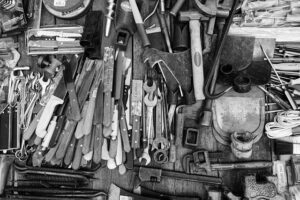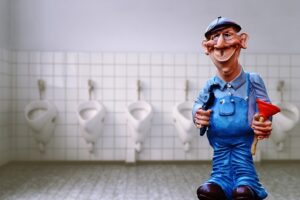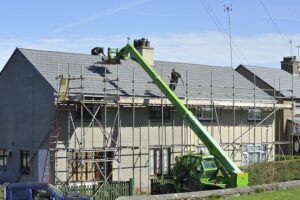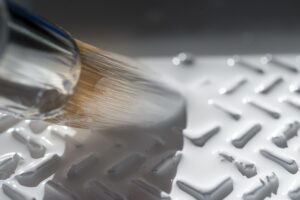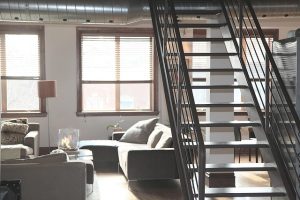Roof and siding assessments are vital for home repair and maintenance. Start with visual checks for visible damage, then hire professionals for a detailed inspection of hidden issues. Replace or repair shingles and siding as needed, using materials like asphalt, vinyl, fiber cement, or wood. Regular maintenance includes monthly inspections, cleaning, and weatherproofing to extend lifespan and prevent costly repairs.
Roofing and siding are essential components of any home, protecting it from the elements. When these protective layers suffer damage, it’s crucial to address the issue promptly. This article explores comprehensive solutions for assessing, repairing, and maintaining your home’s roof and siding. From identifying common damage signs to understanding repair techniques and materials, you’ll discover strategies to ensure long-term durability and protect your investment in home repair and maintenance.
- Assessing Roof and Siding Damage
- Common Repair Techniques and Materials
- Long-Term Maintenance Strategies for Durability
Assessing Roof and Siding Damage
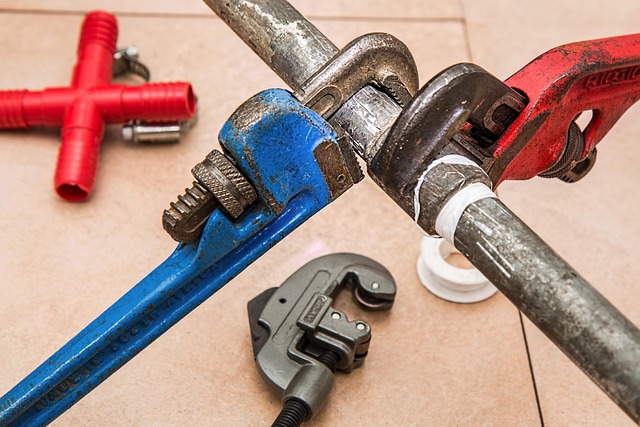
When it comes to home repair and maintenance, assessing roof and siding damage is a crucial step before implementing any solution. Start by inspecting visible signs of wear and tear, such as missing or damaged shingles or siding boards, cracks, peeling paint, or mold growth. These indicators can often be spotted during a routine walkaround or from the ground, but for a comprehensive evaluation, consider hiring a professional to climb up and get a closer look.
Using tools like ladders, binoculars, or even drone technology, professionals can thoroughly examine your roof and siding, identifying hidden damage that might not be apparent at first glance. They’ll look for loose or missing fasteners, water stains, rot, or signs of insect infestation. This detailed assessment is vital to pinpointing the extent of the issue and selecting the most effective repair solutions tailored to your home’s unique needs.
Common Repair Techniques and Materials
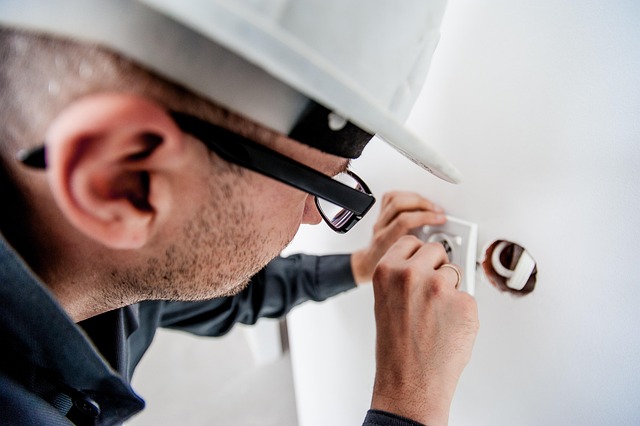
When it comes to roofing and siding repair, there are several common techniques and materials used by professionals in home repair and maintenance. One of the most prevalent is replacing damaged or old shingles with new ones. This involves removing the existing shingles, installing new ones, and securing them properly to prevent future leaks. Asphalt shingles are a popular choice due to their affordability and ease of installation.
For siding repairs, common materials include vinyl, fiber cement, and wood. Vinyl siding is low-maintenance and durable, making it ideal for many homeowners. Fiber cement siding offers a more natural look while being resistant to rot and insect damage. Wood siding requires more upkeep but adds a classic aesthetic appeal. Repair techniques involve patching or replacing damaged panels, ensuring proper sealing, and sometimes re-nailing or screwing the siding into place for added stability.
Long-Term Maintenance Strategies for Durability
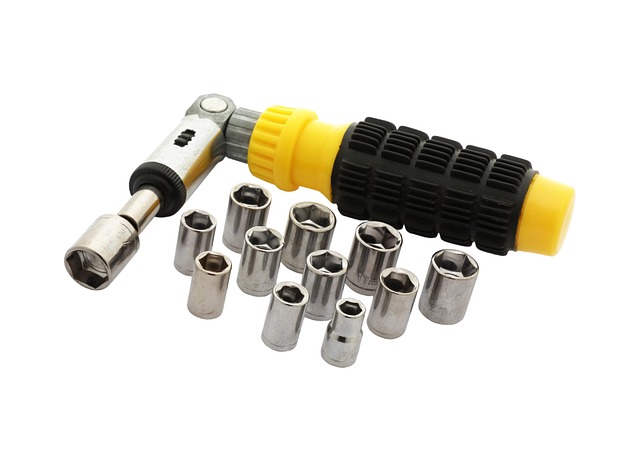
Regular maintenance is key to ensuring your home’s roofing and siding remain durable and protect your property from the elements. A well-maintained exterior can extend the lifespan of both materials, saving you money on costly repairs. Start with a visual inspection every few months to identify any signs of damage, such as missing shingles or cracks in the siding. Addressing these issues promptly prevents further deterioration.
Implement a comprehensive cleaning regimen to keep your roofing and siding in top condition. Remove debris, moss, and algae buildup, especially on shingled roofs, as these can compromise water runoff and lead to moisture-related damage. Consider power washing for siding to eliminate dirt and grime, but be mindful of the material’s integrity. For long-term protection, apply weatherproof coatings or sealants to enhance resistance against harsh conditions, ensuring a robust defense against the ever-changing climate.
In addressing home repair and maintenance, especially regarding roofing and siding, understanding damage assessment, familiarizing yourself with effective repair techniques and materials, and implementing long-term maintenance strategies are key to ensuring your home’s durability and longevity. By following these steps, you can protect your property from the elements and preserve its value over time.








